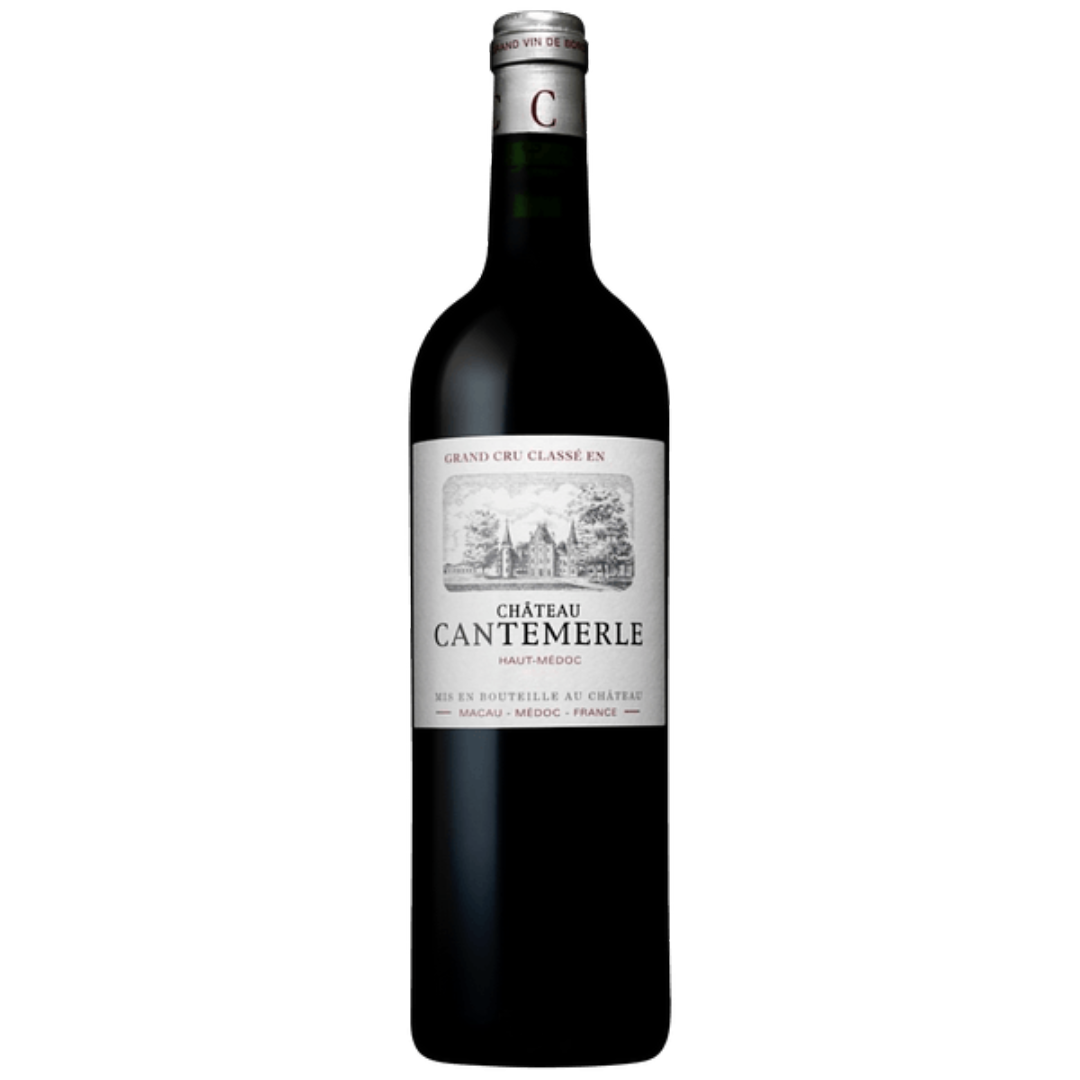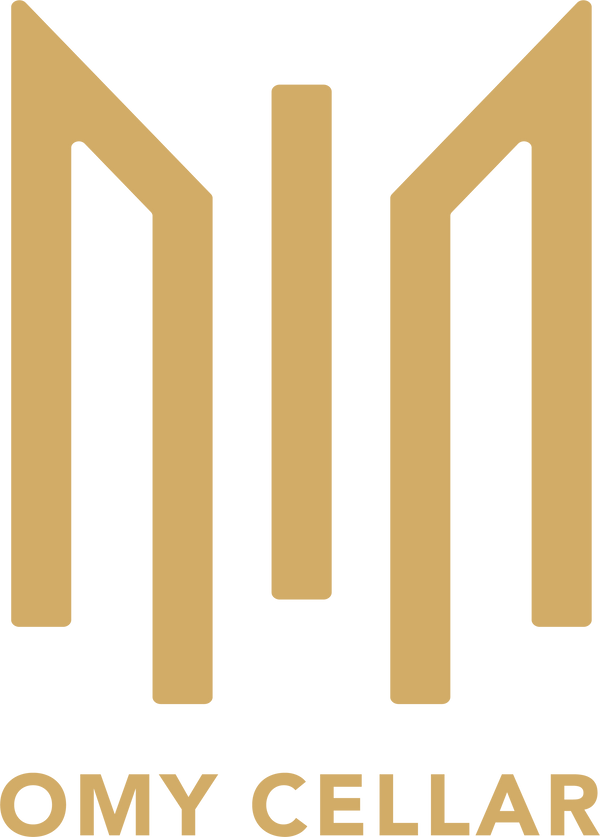Chateau Cantemerle 2008
Chateau Cantemerle 2008
國家: France
區域: Bordeaux
數量: 750ml
Winery Background and History
Château Cantemerle dates back to at least the 12th century, with documented mentions of the Pons de Cantemerle in 1147, and records of viticulture by 1354. Over centuries it passed through various noble families, and in 1855 was classed as a Fifth Growth (Cinquième Cru) in the Bordeaux classification—albeit added after the initial list. The estate today is owned by the French mutual insurance group SMABTP, which since acquiring it in 1981 has invested heavily in replanting vineyards, modernizing cellar facilities, and reviving production.
Producer and Wine Maker
Under SMABTP stewardship, the château has adopted modern viticulture and winemaking practices while retaining traditional Bordeaux character. The winemaking team focuses on parcel selection, controlled fermentations, and maturation in French oak to express terroir nuance. Over recent decades, the management has emphasized quality, reducing yields, replacing older barrels, and optimizing plot-level decisions.
Vineyards and Micro Climate
The estate comprises roughly 90 hectares planted to vines, located in Macau and Ludon in the Haut-Médoc appellation. The soils are fine, deep gravels over siliceous subsoils—well drained and heat-reflective, encouraging ripeness while moderating vigor. The maritime influence from the Gironde estuary tempers extremes, providing cooling breezes. The average vine age is about 30 years, planted at densities typical of the Médoc.
Vinification & Aging Methods
Grapes are hand-harvested, sorted and vinified by parcel. Fermentation is typically in temperature-controlled vats, followed by maceration to extract tannins and color. The wine is aged in French oak barrels, a proportion of which are new, for approximately 12 months. After barrel maturation, blending is done and final adjustments made before the wine is bottled at the château.
Tasting Notes
The 2008 shows tight structure with ebony-black color, indicating power and aromatic depth. It evolves toward aromas of raspberries, red currants, crushed stone, cedar and oak, with licorice and spice hints. On the palate, it offers medium body with smooth, sweet tannins and no harsh edges—elegant, poised, and well balanced.
Food & Wine Pairing
Pairs well with grilled or roasted meats such as beef, lamb or game. Rich stews, duck with fruit reductions, and mature hard cheeses also match nicely. Dishes with herbs, mushrooms, or black pepper sauce will complement the wine’s structure and nuance.
Service Methods and Temperatures
Decant the wine at least one hour before service to allow aromatics to open. Use a Bordeaux-style glass to highlight black fruit and structure. Serve at about 16-18 °C (61-64 °F). Avoid agitation that might disturb sediment; use gentle pouring or siphoning if necessary.
Storage and Aging Potential
Properly cellared in cool, humid, and dark conditions, this wine can age gracefully for 15–20+ years. Its structure and oak integration support mid- to long-term aging. By the 2020s, many bottles will be entering maturity, showing the fullest aromatic complexity and softened tannins.
Grape Varietals & Percentage Used
Reported blend: approximately 55 % Merlot, 30 % Cabernet Sauvignon, 8 % Petit Verdot, 7 % Cabernet Franc.
ABV (Alcohol by Volume)
Not readily found in public sources for the 2008 vintage.
Scores
-
Wine Enthusiast: Barrel sample 90–92 (at barrel stage)
-
Wine Spectator: 87–90
-
Wine Advocate: 88
-
Robert Parker: 88
無法載入取貨服務供應情況
無庫存
查看完整資訊

